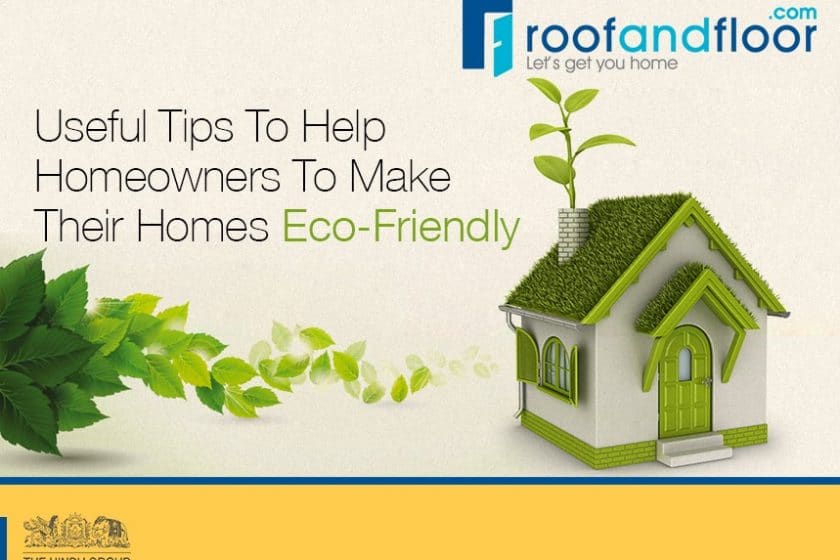Modern day home owners, especially those belonging to the younger generations are finding the concept of living in eco-friendly homes quite appealing. Such homes offer a multitude of benefits, the most important of them being an opportunity to enjoy a healthy lifestyle. In addition, such homes not only help homeowners to contribute their bit towards safeguarding the environment but also help them to bring down their energy costs.
However, most people consider it almost impossible to create an eco-friendly home in a setting where they are surrounded by a concrete jungle. Contrary to the popular belief, turning a house into an eco-friendly home does not require extensive renovation work. In fact it can be done by making some minor changes in the architecture of the house and using eco-friendly products. Most people are generally surprised about how easy it is to embrace an eco-friendly lifestyle.
In case of homeowners, whose property is still undergoing construction, making their homes eco-friendly is still easier. All they need to do is ensure the use of nature friendly construction materials in addition to implementing solar energy, rain water harvesting and waste management systems. This not only increases the reusability factor of the resources but also enhances the sustainability of the structure.
Steps To Be Taken By Homebuyers
Given the extremely high costs of constructing even an average sized home, most people opt to buy pre-constructed homes. In such cases the, homebuyers should consider the following aspects to ensure that they end up buying an eco-friendly home.
Design
An increasing number of builders and real estate developers are opting to use building materials that are not only non-toxic but also help to save energy. In addition, they are also implementing systems that help in rainwater harvesting, and waste water treatment which provides long-term benefits to the home buyers. In addition, investors should opt for builders, who focus on designing homes that have an improved internal environment. Buyers should prefer homes that have a small patch of vegetation or a lawn and are set amidst open green spaces. This helps to reduce the ambient temperature of the structure and also ensures enhanced cross-ventilation to create a comfortable and healthy living environment. In case of multi-storey apartments, homeowners should invest in potted plants and terrace gardens which not only help to enhance the beauty of the home but also keep it cooler.
Energy Efficiency And Saving
It is quite common for people to use the terms energy efficiency and energy saving interchangeably, even though the terms have different meanings. Energy efficiency is all about using a limited amount of energy in the most efficient manner, while energy saving is about minimizing the amount of energy being consumed. In order to enhance the energy saving capacity of a house, it is important to design it in a manner that enables maximum penetration of natural light and proper ventilation. This not only helps in promoting good health amongst the residents but also increases its energy efficiency. This is because houses designed to help save energy require less electronic lighting and have a reduced need for air conditioning, which naturally brings down the energy consumption and the associated energy bills. Using a natural insulator like wood can also help in reducing the energy consumption within a home by a considerable margin.
Use Of Eco-Friendly And Recyclable Products
One of the most important steps in the direction of adapting an eco-friendly lifestyle is to start using products that produce minimal waste and can be easily recycled. Using products such as bricks made from fly-ash rather than clay, AAC/CLC blocks, concrete made from high volume fly-ash and recycled waste wood chips can go a long way in increasing the eco-friendliness of a home. In addition, homeowners can make use of clay and other natural materials that are not only easily available and eco-friendly but also can be reused any number of times, without causing any environmental pollution. In the case of interior décor items, home buyers should invest in furniture and accessories crafted from recycled materials rather than those made from PVC and metal. Using water-based paint should also be given preference over using oil-based paints which prove damaging to the environment.

